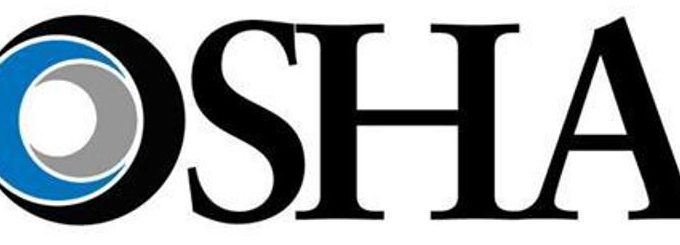As of July 1, 2024, California employers are required to have a customized written workplace…
Is Your Chemical Waste Corrosive?
Recently, a California dental office was cited by their local agency responsible for enforcing hazardous waste laws for disposing of a corrosive chemical waste down the drain. The chemical was called Tartar and Stain Remover, which is used to clean dental appliances. Referencing the chemical’s safety data sheet (SDS) revealed that the pH of the product is less than 1, and that the chemical is made up of greater than 99% sulfamic acid.
The State of California defines a hazardous waste as a chemical waste that has any of the following properties: toxicity (poisonous); reactivity (can explode); ignitability (can catch fire); and/or corrosivity (acidic – pH below or equal to 2, or basic – pH above or equal to 12.5). It is unlawful to release these wastes uncontrolled into the environment, either down the drain or as regular solid waste. Additionally, some local jurisdictions may have stricter criteria for defining hazardous wastes.
OSHA Review recommends that dental offices review their chemical SDSs or contact the chemical manufacturers for specific hazard classification information (i.e. pH) to ensure that all hazardous materials and wastes are safely handled and properly disposed of.
For our OSHA Review subscribers… please for the January/February 2017 issue of OSHA Review for more information about hazardous waste management.
Since 1992, OSHA Review, Inc. has provided dental professionals with comprehensive programs to support regulatory compliance and infection control. We are a registered continuing education provider in the state of California, specializing in Dental Practice Act, infection control, and OSHA training.



